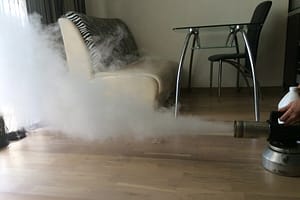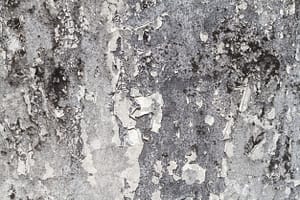Water damage in your home can be a stressful experience, leading to potential health risks and significant property loss. Understanding the process of water damage restoration is crucial to effectively managing this unfortunate event and minimizing its impacts. This blog post will guide you through everything you need to know about restoring your home after water damage, including identifying the signs, understanding the restoration process, and knowing when to call in professionals.
Identifying the Signs of Water Damage
Early detection of water damage can significantly mitigate its severity. Look for the following signs in your home:
- Unusual odors: Musty smells often indicate the presence of mold or stagnant water.
- Visible mold: Any visible mold growth could suggest more significant hidden problems behind drywall or under flooring.
- Stains on walls and ceilings: These can be a telltale sign of water leaks.
- Peeling paint or wallpaper: This can indicate moisture in the wall materials.
- Swelling or warping of materials: Wood and other materials will swell and deform when exposed to water.
- Increase in humidity: Excessive moisture can make indoor air feel thick and heavy.
The Water Damage Restoration Process
The process of water damage restoration involves several critical steps to ensure your home returns to a safe, livable condition. Here’s what typically happens:
- Inspection and Assessment: Restoration professionals will perform a thorough assessment to determine the extent of the damage and classify the water contamination level. This step is crucial for planning the restoration process effectively.
- Water Removal: The immediate focus is on removing standing water using pumps and vacuums. This step needs to be handled quickly to prevent the spread of moisture to secondary areas.
- Drying and Dehumidification: After water removal, drying out wet materials is essential. This involves the use of air movers and dehumidifiers to handle moisture trapped in building materials.
- Cleaning and Sanitizing: Water damage often requires cleaning of affected areas to prevent mold and mildew. This includes carpet cleaning, sanitizing walls, and addressing any mold issues that have arisen.
- Restoration and Repairs: The final step may involve minor repairs like replacing drywall panels or could extend to major renovations such as reconstructing entire rooms or areas in a home.
DIY vs. Professional Help
While small leaks can sometimes be managed on your own, significant water damage typically requires professional attention. Here are a few scenarios when it is crucial to call in the experts:
- Extensive damage: Professional restoration services can handle the considerable logistics required in severe cases.
- Risks of mold: Professionals have the tools and training to handle mold safely, which can be hazardous to your health.
- Hidden damage: Experts can assess and repair damage that may not be visible to the untrained eye.
Prevention Tips
Preventing water damage is more desirable than dealing with its aftermath. Regular maintenance of key home systems and areas can help avoid many common issues:
- Regularly inspect plumbing systems: Keep an eye on pipes and fixtures and address any signs of wear and tear promptly.
- Maintain gutters and downspouts: Cleaning your gutters regularly and ensuring downspouts direct water away from your foundation will help prevent water intrusion.
- Monitor water bills: An unexpected increase can indicate leaks that have gone unnoticed
Conclusion
Understanding water damage restoration is essential for any homeowner. By recognizing the signs of water damage early and understanding the restoration process, you can act swiftly to mitigate its impact. Always consider professional advice when dealing with significant damage to ensure that your home remains a safe and healthy environment.
Remember, water damage can strike at any time, and being prepared is your best defense. Regular home maintenance and immediate action when issues arise can save you not only money but also ensure your home’s longevity and safety.






